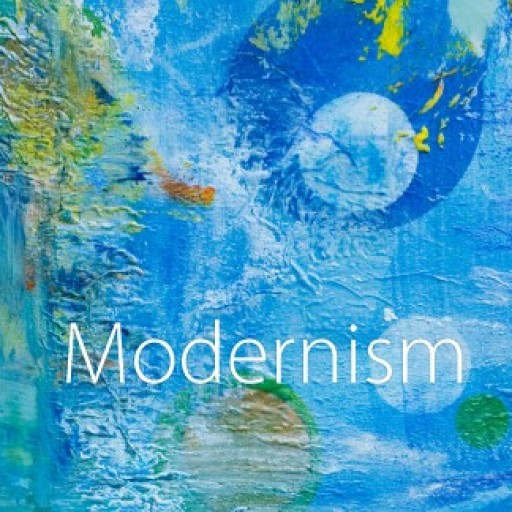Anthem for Doomed Consonance, Dissonance, and Diction
Owen’s poem “Anthem for Doomed Youth” is a sonnet for the thousands of youth who went off to fight in WWI and were killed in battle. He begins his poem with an image comparing the death of youth at war to that of the slaughtering of cattle, which is a gruesome way to picture the ending of human life. Throughout the first stanza, Owen continues to speak of the death of youth by bullets and how nothing can stop their end from coming; they are inherently doomed. Owen uses a Petrarchan sonnet, which divides the poem into an octave and sestet. Although the sestet also reflects on the “Doomed Youth”, it is less focused on the youth’s deaths and displays more of the losing of their lives and the mourning of their loved ones back at home. The final line “And each slow dusk a drawing-down of blinds” (line14) projects an image of the end of another life and the end of another day in the still ongoing war.
Owens’ use of diction is a huge factor in his expression of the theme of youth going to war and dying as well as giving up hope in the war. In the first four lines of stanza one he uses words like “monstrous,” “angry,” “rapid,” “rifles,” all of which evoke a dreadful sense of war and horrific sounds. The final four lines uses the repetition of the word “no,” and words like “sad,” “wailing,” “mourning,” and “prayers” to evoke the fear and madness of battle and death in the trenches. Owens also uses consonance to portray his theme; as defined on Herbert Tucker’s website For Better or Verse in the terms glossary, it is the repetition of the same consonant sound in nearby words (Tucker). An example of this is in line five of the octave stanza. Owen employs the words “no,” “now,” and “nor”, all of which increase the expression of distress these youth face in war. Another prevailing literary term found in Owens piece is dissonance, the “jam of inharmonious word sounds” (Tucker), because of the startling diction Owen uses throughout the poem. In the second line “Only the monstrous anger of the guns”(line 2), the words are difficult to say together and cause the reader to abruptly stop focus on what Owens is pointing to, and feel the severity of his topic.
For the sestet, Owens changes the focus for this stanza. He uses diction like “candles,” “eyes,” “good-byes,” “tenderness,” and “dusk” to portray a softer side to the mourning and yet a lack of optimism. Likewise, Owens uses consonance in the final line with the words “dusk,” “drawing,” and “down” to bring the poem to a melancholy conclusion. Although the poem ends there is a feeling that the war is not over and more youth will continue to die.
Work Cited
- Tucker, Herbert, and John C. Coleman. “Glossary.” For Better for Verse RSS. University of Virginia English Department, n.d. Web. 16 Sept. 2015.
- Owen, Wilfred. “Anthem For Doomed Youth.” For Better for Verse RSS. University of Virginia English Department, n.d. Web. 16 Sept. 2015.

Leave a Reply